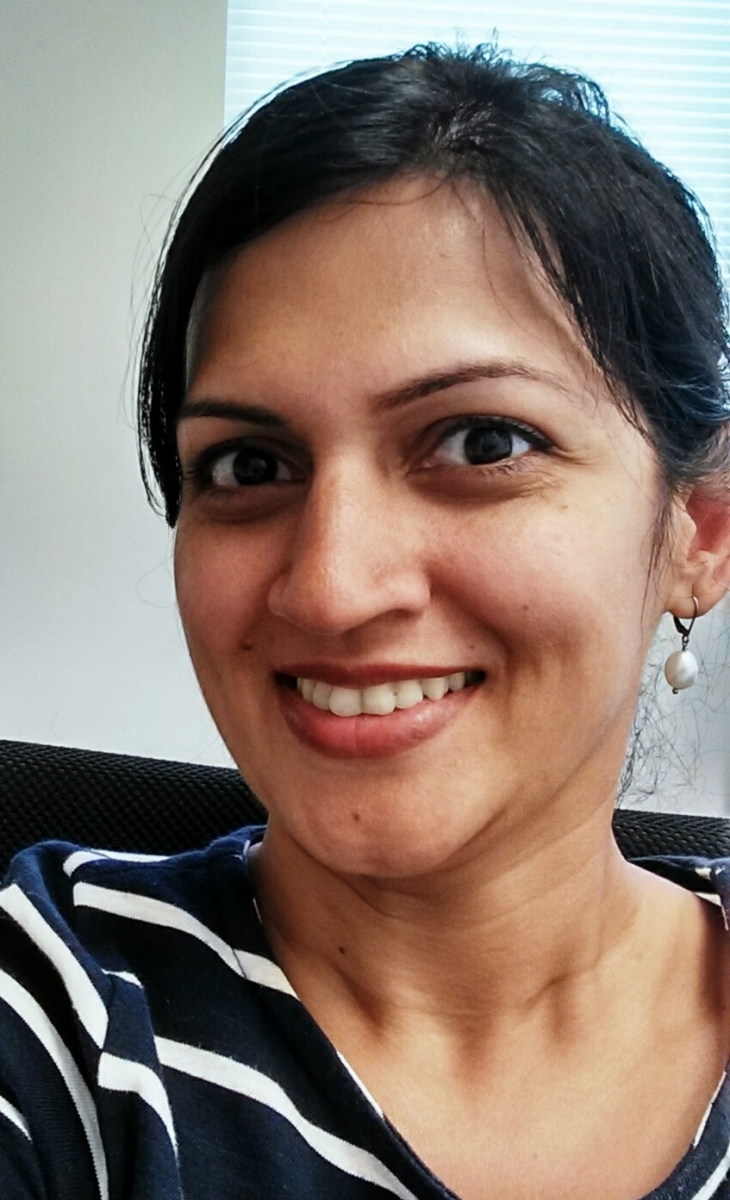Thursday, November 13, 2014
 by Pooja Joshi O'Hanlon, Executive Director, The Elmezzi Foundation
by Pooja Joshi O'Hanlon, Executive Director, The Elmezzi FoundationRecently, funders and practitioners gathered at Philanthropy New York (PNY) to discuss Collective Impact, an approach to addressing complex social problems that cannot be solved by any one person or agency. While funders and nonprofits have been aligned across programs, too many organizations work in silos to achieve their missions. Collective Impact brings people together in a structured way to achieve social change(1). This structure starts with setting a common agenda and collectively defining the vision and the problem. Next up, agreeing on similar ways to track progress through defined shared measurements, coordinating collective efforts through mutually reinforcing activities, and establishing continuous communication and feedback mechanisms. Finally, and most importantly, the mission needs to be anchored by a backbone organization that is responsible for orchestrating and supporting the activities of the collective.
Across the country, Collective Impact is being used to solve problems in various issue areas from employment, workforce development and community development, health, nutrition to youth and education. In New York City a few initiatives using this approach are underway. During the PNY program, we heard from two such initiatives—Zone 126 and the Staten Island Partnership for Community Wellness. Zone 126, started and supported by the Elmezzi Foundation, is focused on narrowing the educational achievement gap in Astoria/Long Island City in three lower-income zip codes. The Staten Island Partnership for Community Wellness, supported by the Staten Island Foundation, works to positively impact the youth substance abuse statistics in the borough.
In these cases, both backbone organizations obtained initial funding support, are separate from their donors and have a sole purpose. A separate backbone organization also allows for scalability and encourages results at a faster pace, but it is also possible that a few small foundations could come together and engage in Collective Impact if someone plays the role of keeping programs and partners on track. As John Kania of FSG said in the Collective Impact session, “Change travels at the speed of trust.” Therefore, it is critical that a backbone organization be objective, and that may be difficult if it is part of a larger funder institution. There is also a higher chance of success if the backbone organization has dedicated staff.
Funders interested in supporting Collective Impact approach should realize that this work is long term in nature. While there is short term data analysis that can be done to assess the backbone organization’s effectiveness and the efficacy of the programs, the common agenda is usually focused on wide-scale, long-term change. For those funders that have invested in this idea, there is definitely an activist role to play in shifting the funding mindset, allowing for more investment in related initiatives.
For more information visit:
